One of the trickiest things about hosting a dinner party is guessing how much everyone is likely to eat.
I say guessing, because it’s never an exact science. I, for one, am a self-confessed over-caterer. My heart flutters at the sight of a table laden with food, and somehow I can’t help but feel that a dinner party where guests leave hungry isn’t really a party at all.
As it happens, over-catering works well for me: I have a soft spot for eating leftovers. I cook with that in mind and, luckily, waste is never really an issue.
That said, there are certain rules of thumb that dictate both what and how much I cook. Firstly, you need to take into account what kind of a dinner party it is: If it’s a sit-down dinner, people eat more. Six people gathered around a dining table, lingering over each course, will more often than not indulge in second (and sometimes even third) helpings.
At a buffet, on the other hand—when guests might be perched on a bar stool and picking from a plate with fingers—people generally eat less. I’ve heard that when catering for a buffet, it’s safe to estimate a third less food than for a sit-down dinner, and I have rather taken that rule to heart.
Here are my rules of thumb:
- If I’m cooking for a big party, I calculate how much I would eat, multiply it by the number of guests, and then cook a quarter less (as I said, I like to err, even if slightly, on the side of plenty).
- If I’m cooking an intimate supper party of six to eight, I make the same calculation but cook a quarter more, rather than less.

There are other fixed rules that I’ve picked up from this and that authority over the years. For example...
- When cooking pasta, estimate a portion of roughly 80 to 100 grams per person
- When buying wine, count on a third to half a bottle per person
- A roast chicken should feed four (roughly speaking, and assuming you’re serving it with trimmings: salad, roast potatoes, and so forth)
- If you’re cooking beef you want about 250 grams per person
Then, there are rules that I have picked up from experience along the way. For example, people always eat more potatoes than you might expect, so I always take care to cook extra: at least two to three medium sized potatoes (four to five, if they’re on the small side) per person, roughly chopped, drenched in olive oil and doused in sea salt, perhaps even with a smattering of thyme or rosemary, then roasted in the oven for a couple of hours until they’re deep golden brown.
More: How to roast any vegetable in 4 steps.
In terms of planning the menu, I choose one star piece (be it meat or fish); a couple of fillers (bread, potatoes, salad, maybe even some kind of grilled vegetable) to serve in sheer excessive abundance; and a decadent dessert.
So, for example, I might make lobster and baby tomato spaghetti, going heavy on the spaghetti to bulk up the meal. I would then serve a light green salad and a platter of grilled zucchini drizzled in olive oil and salt and topped with fresh mint.
Or, if I were cooking beef, I would serve it with roasted potatoes, roasted pumpkin (too good at this time of year), and a radicchio salad. Then perhaps something like shortbread cookies and ice cream for dessert. Ice cream is great for making dessert go a little bit further, so I always keep a tub of good-quality vanilla ice cream in the freezer for entertaining.
By the same theory, I always buy (or make!) lots of bread; nothing makes a table look welcoming quite like a generous heap of bread. And, whether you’ve cooked a roast chicken or a tomato sauce, it’s always a treat to have bread for soaking up the juices. That, I find, is almost a meal in itself.
Her are three menus that make for excellent leftovers:
1.
- Roast beef or roast chicken
- Roasted potatoes
- Roasted pumpkin with brown butter and sage
- Radicchio salad with a drizzle of olive oil, a touch of salt, and lightly roasted hazelnuts
- Lemon and rosemary cookies with ice cream (store-bought or homemade)
The next day:
- Finely slice the cold roast beef and serve with a drizzle of salsa verde
- Make sandwiches out of the cold roast chicken and spruce up with some fresh tarragon and a dollop of homemade mayonnaise
- Refry any leftover potatoes and pumpkin in a pan with a few fresh sage leaves and a drizzle of olive oil
- Store the cookies in a tin for up to a week and serve for afternoon tea

2.
- Spaghetti with lobster and baby tomatoes
- Green salad (toss some romaine, baby gem lettuce, watercress and slices of fennel with olive oil, salt, and lemon juice)
- Grilled zucchini drizzled in olive oil and sprinkled with salt and fresh mint leaves
- Homemade bread for soaking up the lobster's sauce
- Plum and Amaretto Pie
The next day:
- Treat yourself to a slice or two of plum pie for breakfast
- Make an egg frittata with any leftover zucchini, and serve with the bread for lunch
- Make a spaghetti frittata with the leftover pasta for dinner and serve with a green salad
3.
- Breaded scallops on the shell with butter, lemon, and thyme (I estimate two scallops per person)
- White asparagus and egg baked pasta (you can substitute the asparagus for cauliflower when it’s out of season)
- Grilled romaine lettuce with a drizzle of olive oil and salt
- Apple, rose, and thyme tart
The next day:
- Make sure to eat all the scallops in one sitting, as they won’t last (that shouldn’t be hard—they’re delicious)
- Reheat the baked pasta in the oven and serve warm, with a simple green salad, for a deeply satisfying lunch
- The apple tart will keep in the fridge for a few days; you can even serve it for dessert again (just plate it in the kitchen, in individual slices, with a dollop of ice cream)
Serves 6
6 eggs
3 tablespoons grated Parmesan
300 grams cold cooked spaghetti
180 grams pancetta
See the full recipe (and save and print it) here.
Photos by Skye McAlpine
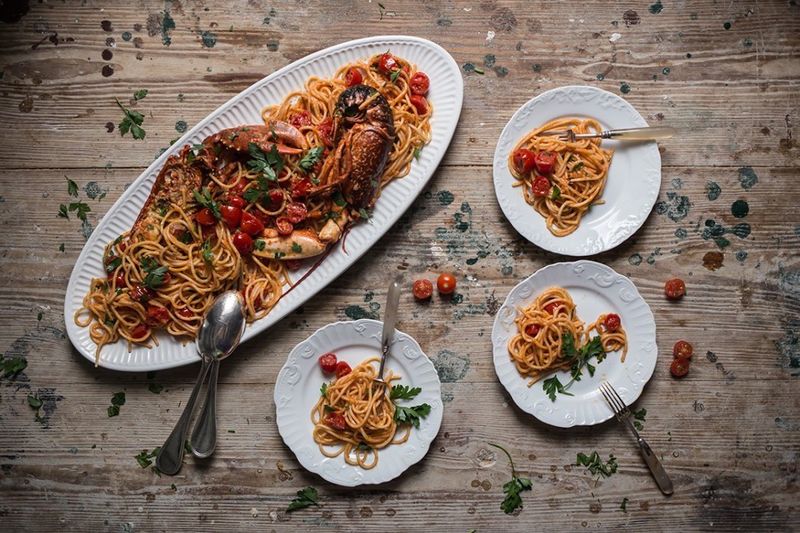

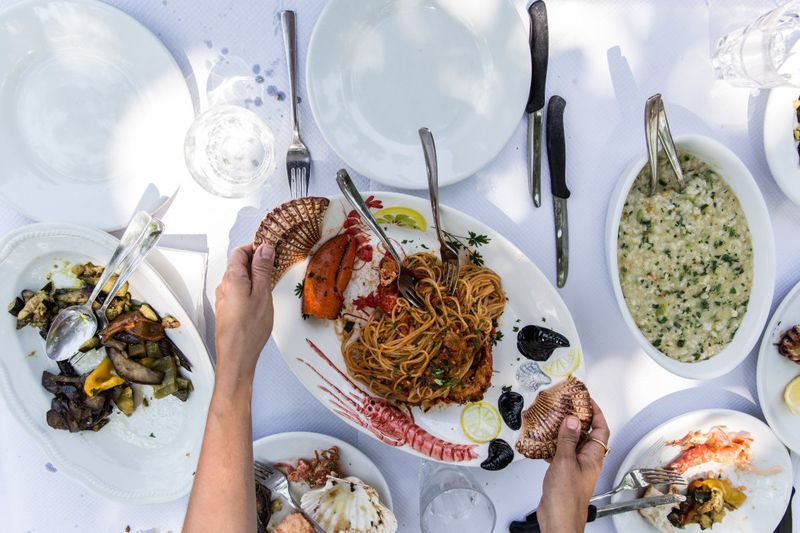
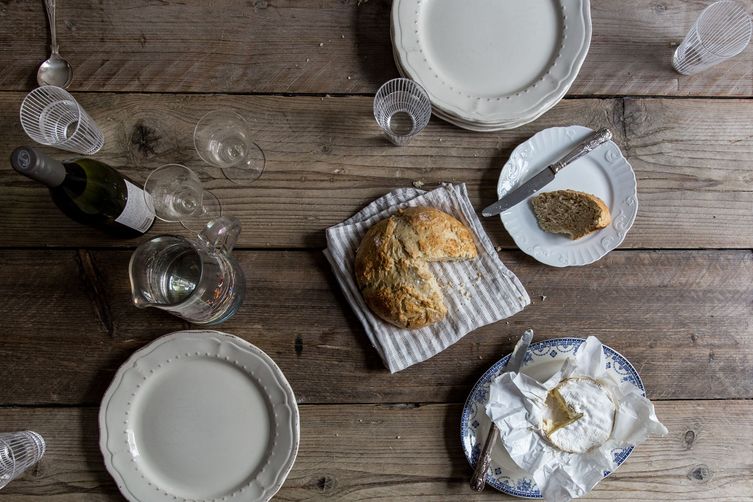
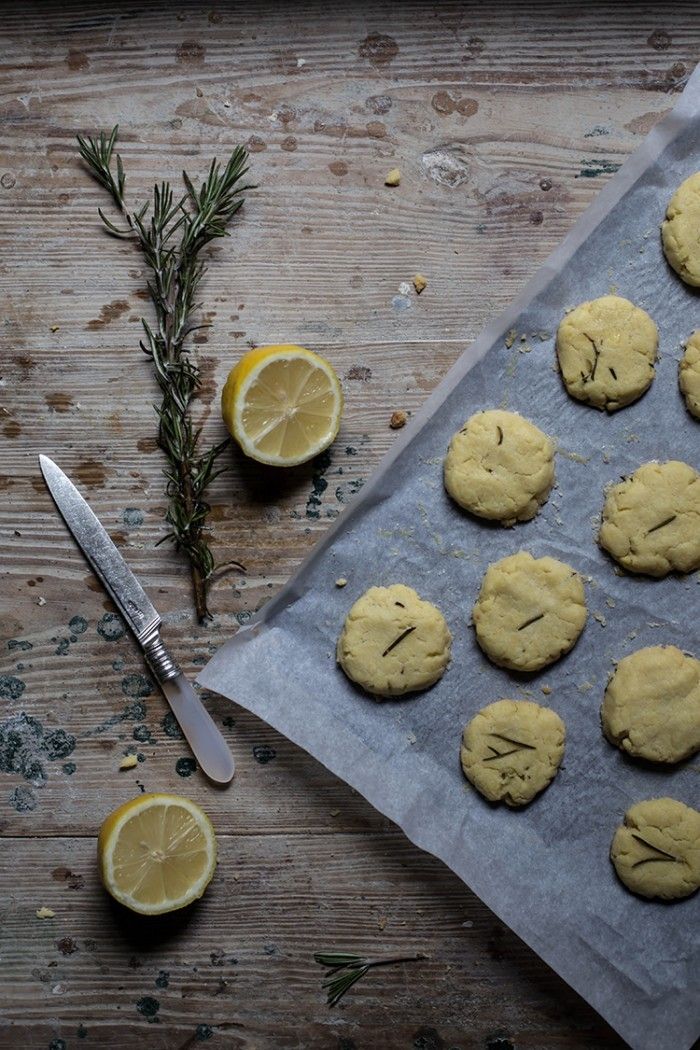
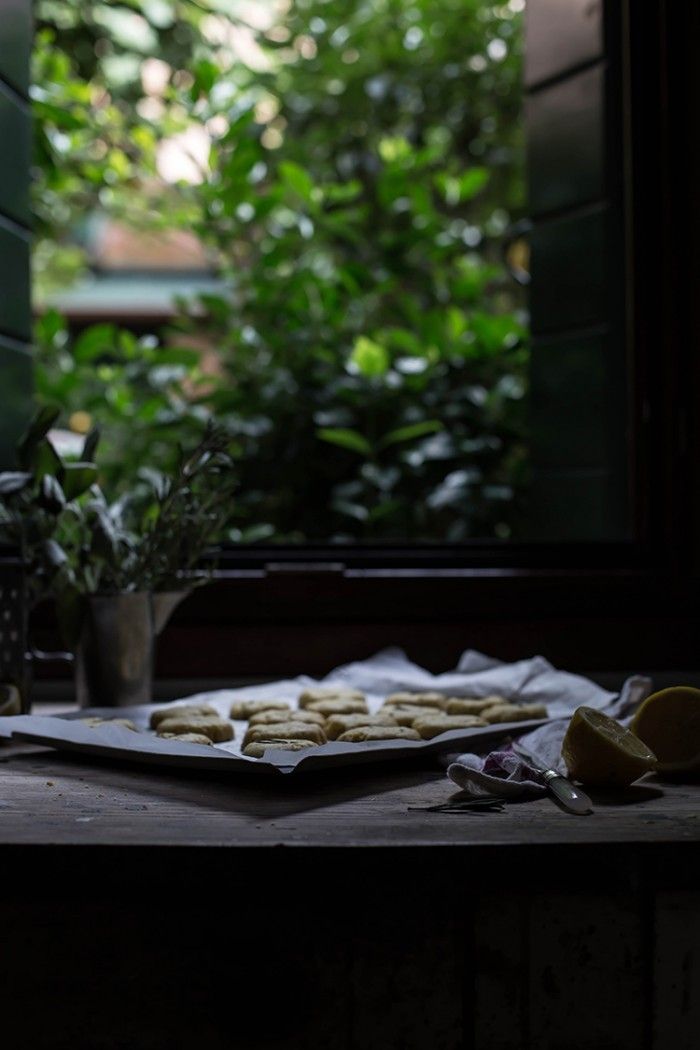

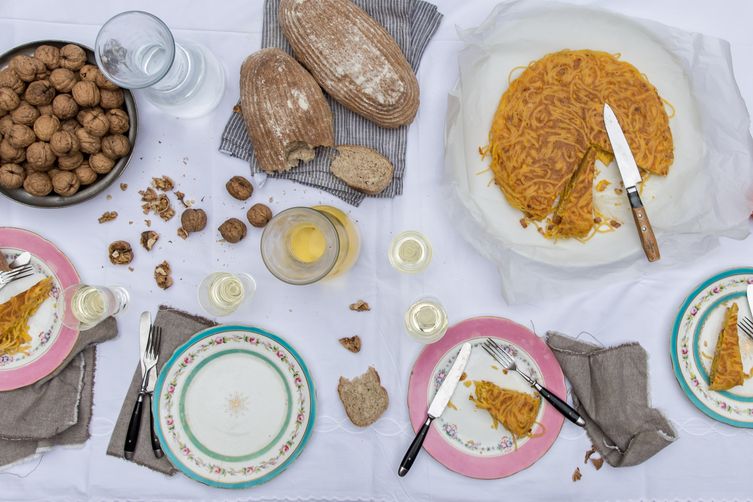

See what other Food52 readers are saying.